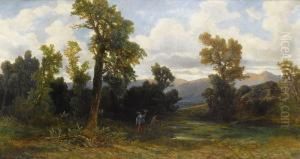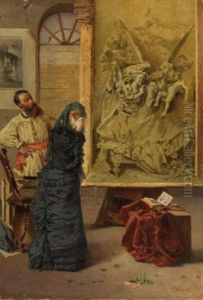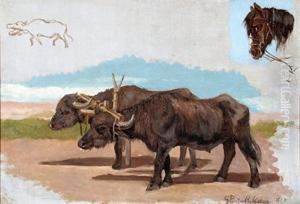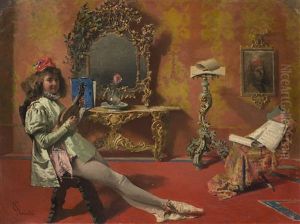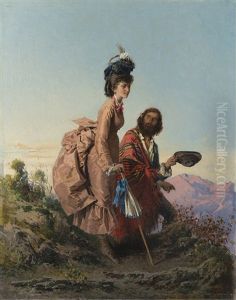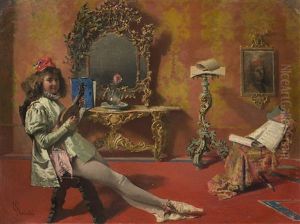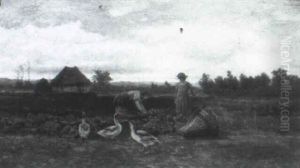Giuseppe Puricelli Guerra Paintings
Giuseppe Puricelli Guerra was an Italian artist known for his contributions to the field of sculpture. Born on April 14, 1907, in Gallarate, Lombardy, he grew up in an Italy that was undergoing significant social and political changes, which later influenced his artistic work.
Guerra began his artistic pursuits at a young age and honed his skills primarily in sculpting. He was part of the Italian artistic movement during the early 20th century, which was characterized by a variety of styles including Futurism, Metaphysical Art, and a resurgence of Classicism under the Fascist regime.
During his career, Puricelli Guerra developed a style that reflected the neoclassical aesthetic promoted by the Fascist government of Benito Mussolini, which sought to link the grandeur of ancient Rome with modern Italy. His work was marked by its heroic and idealized forms, often embodying the regime's values of strength and unity.
Despite the political undertones associated with his art, Guerra's sculptures also displayed a deep understanding of human anatomy and movement, attributes that earned him both public and critical acclaim. His public commissions were often large in scale and intended to inspire viewers through their grandiosity and attention to detail.
Tragically, Giuseppe Puricelli Guerra's life and career were cut short when he died on April 13, 1945, just one day before his 38th birthday. The end of World War II and the fall of Fascism in Italy would soon follow, leading to a shift in the country's cultural and artistic landscape. Though his career was brief, Puricelli Guerra's work remains a testament to the complex interplay between art and politics during one of the most turbulent periods in European history.
